
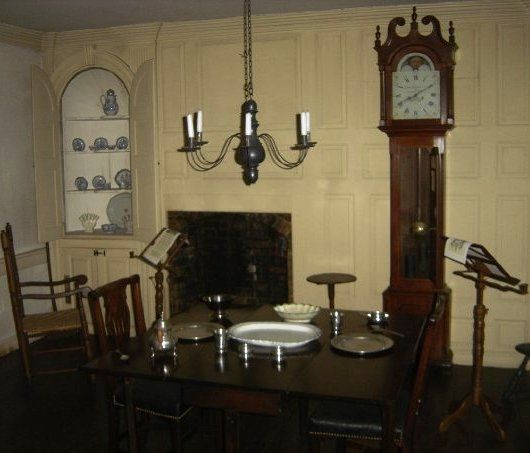
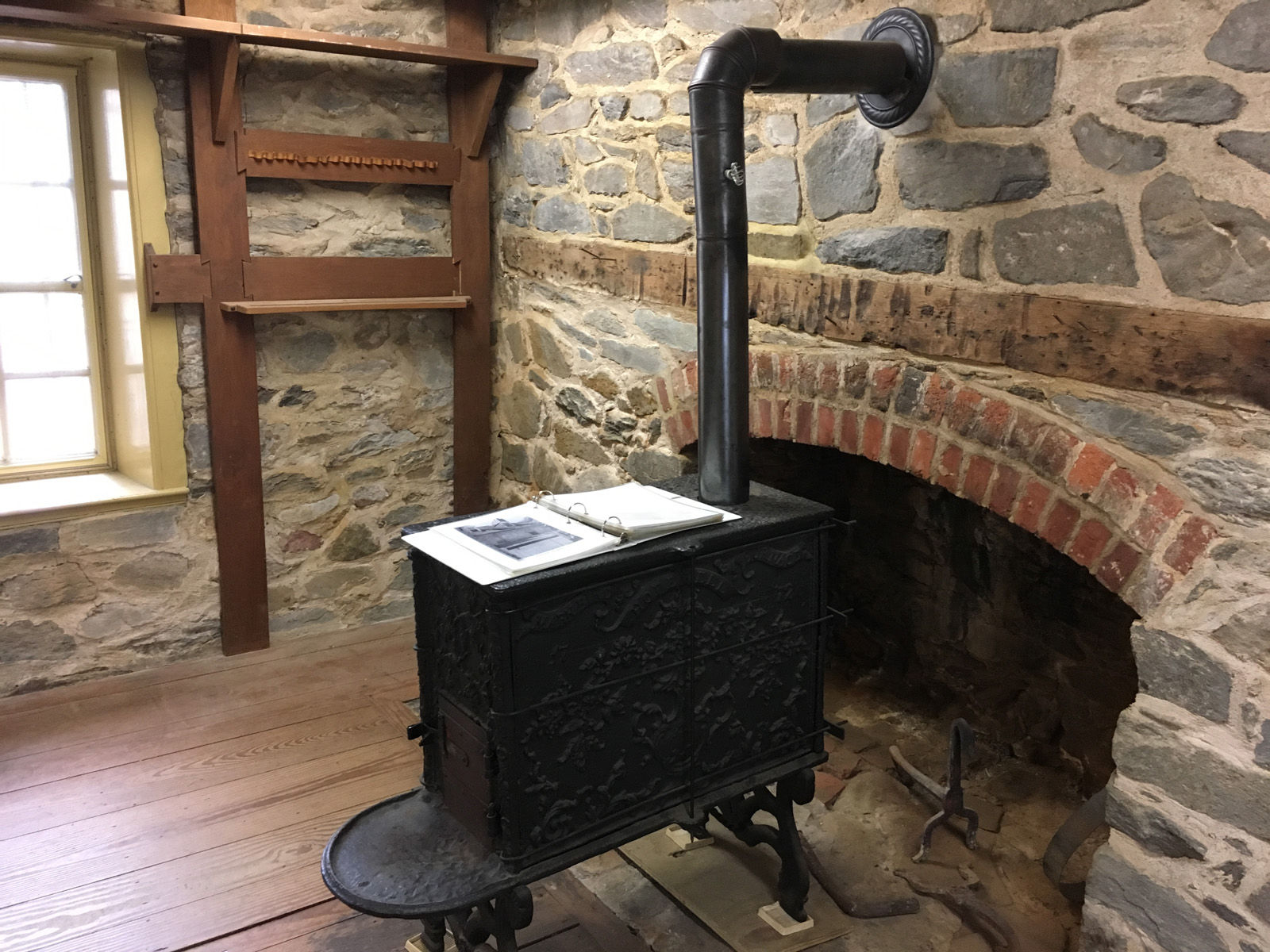
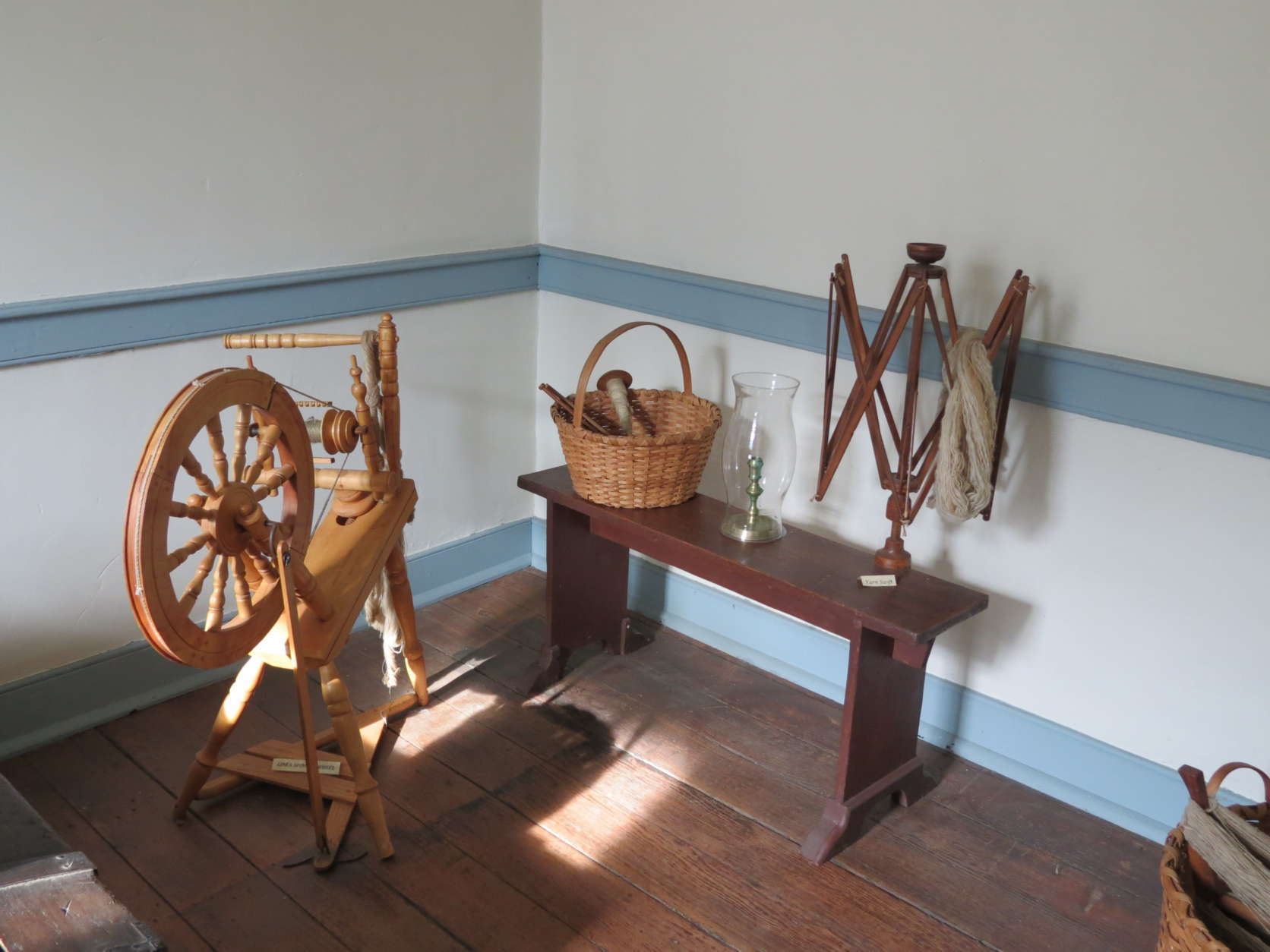
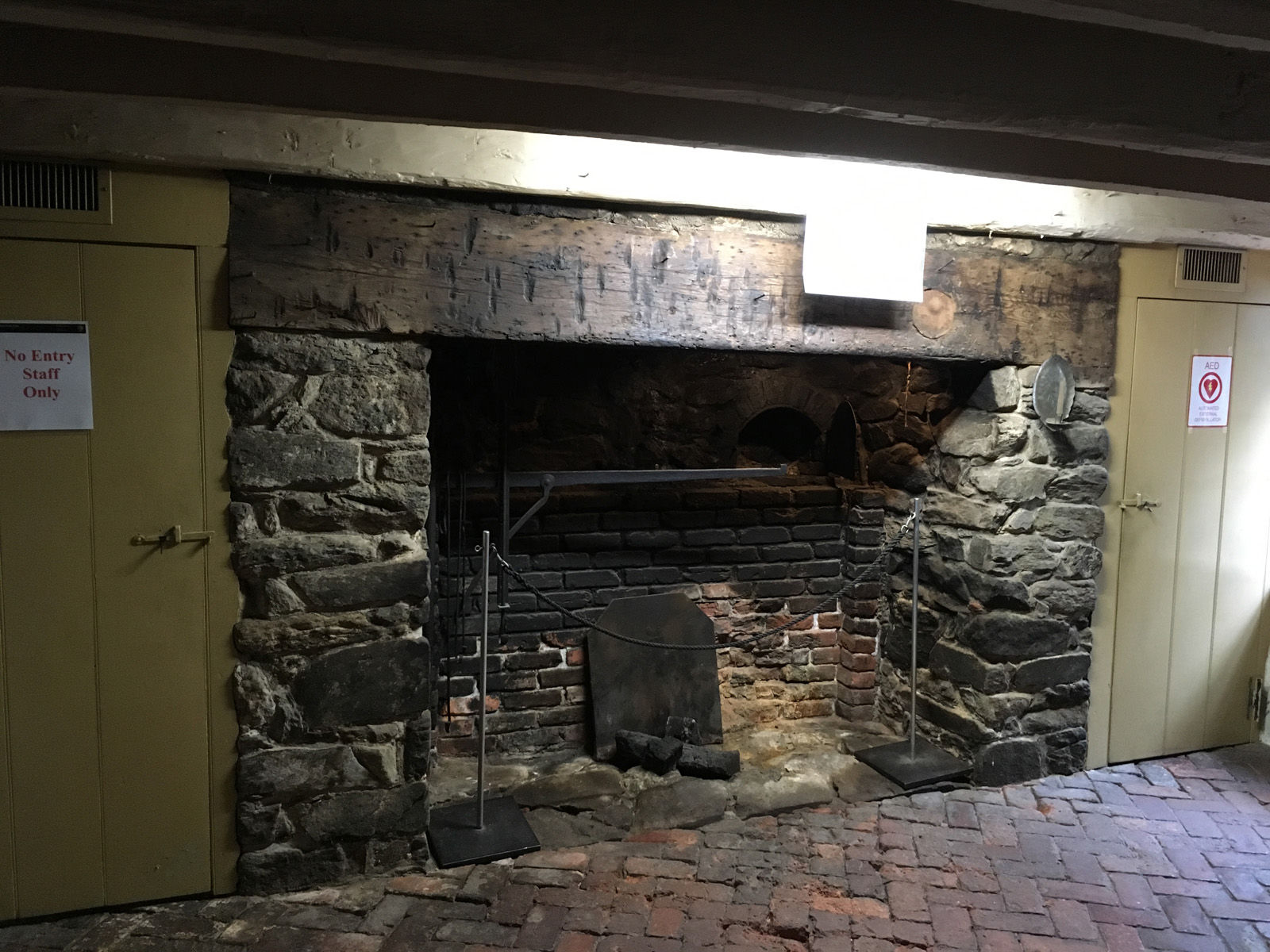
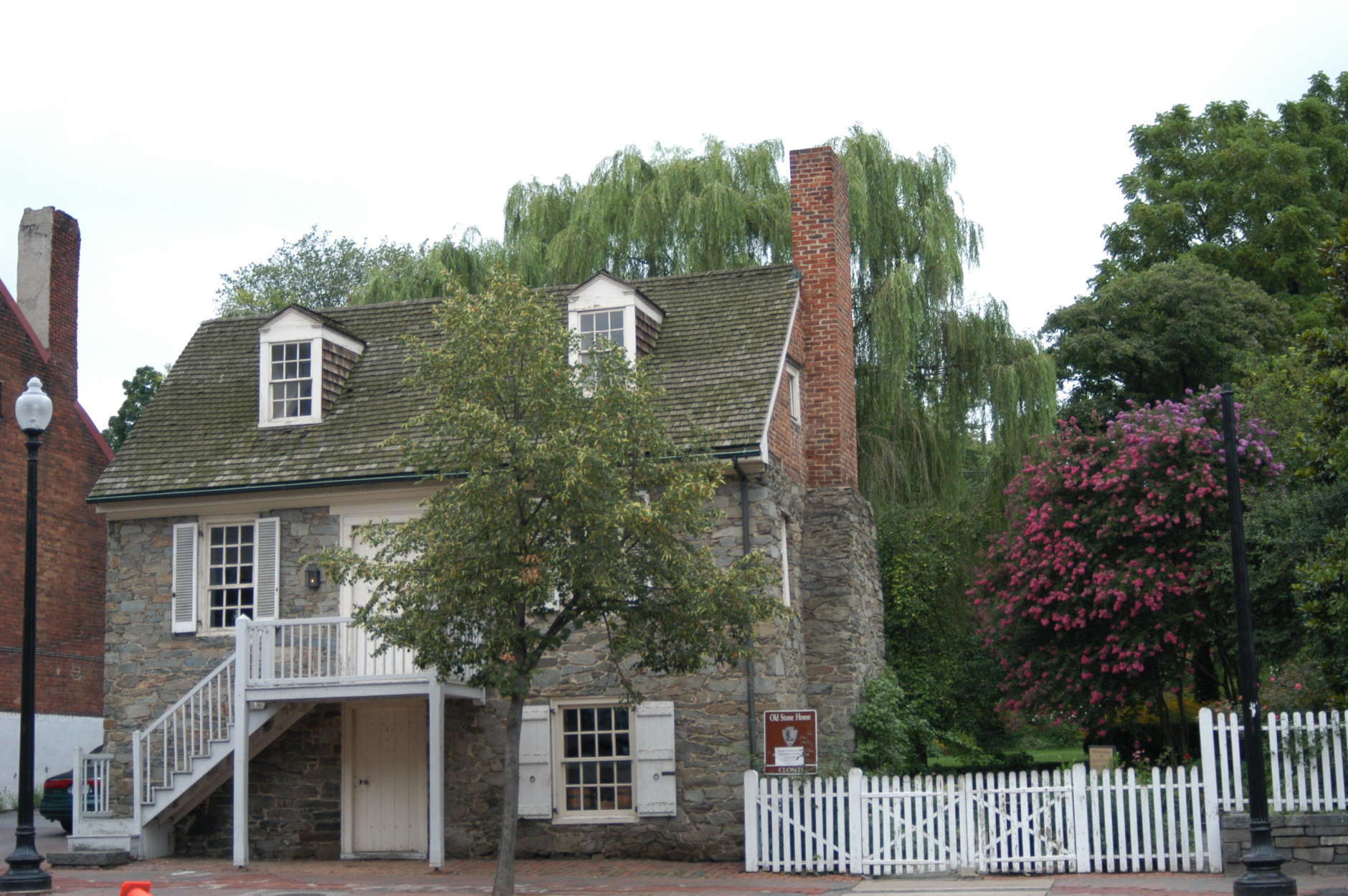
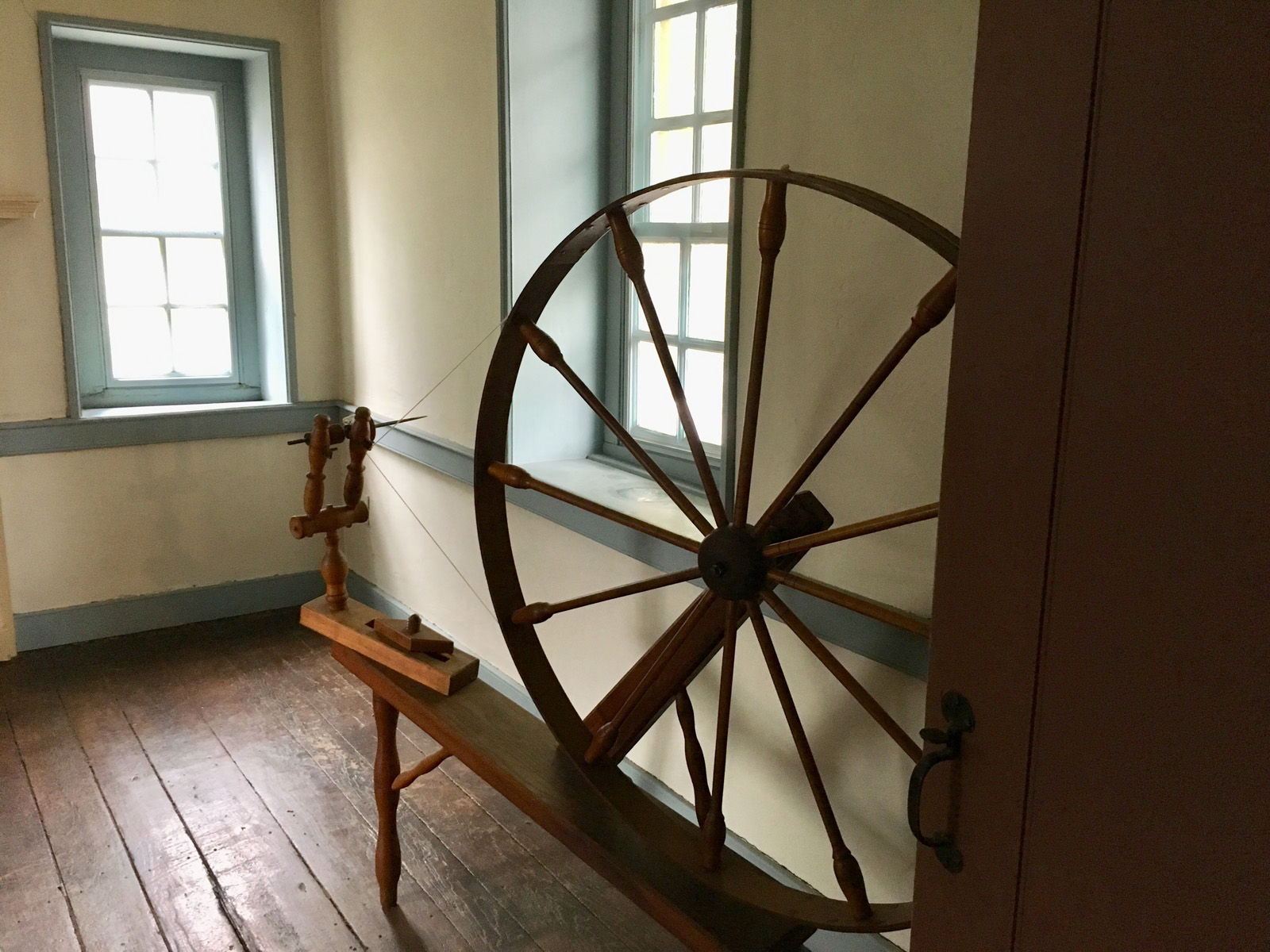
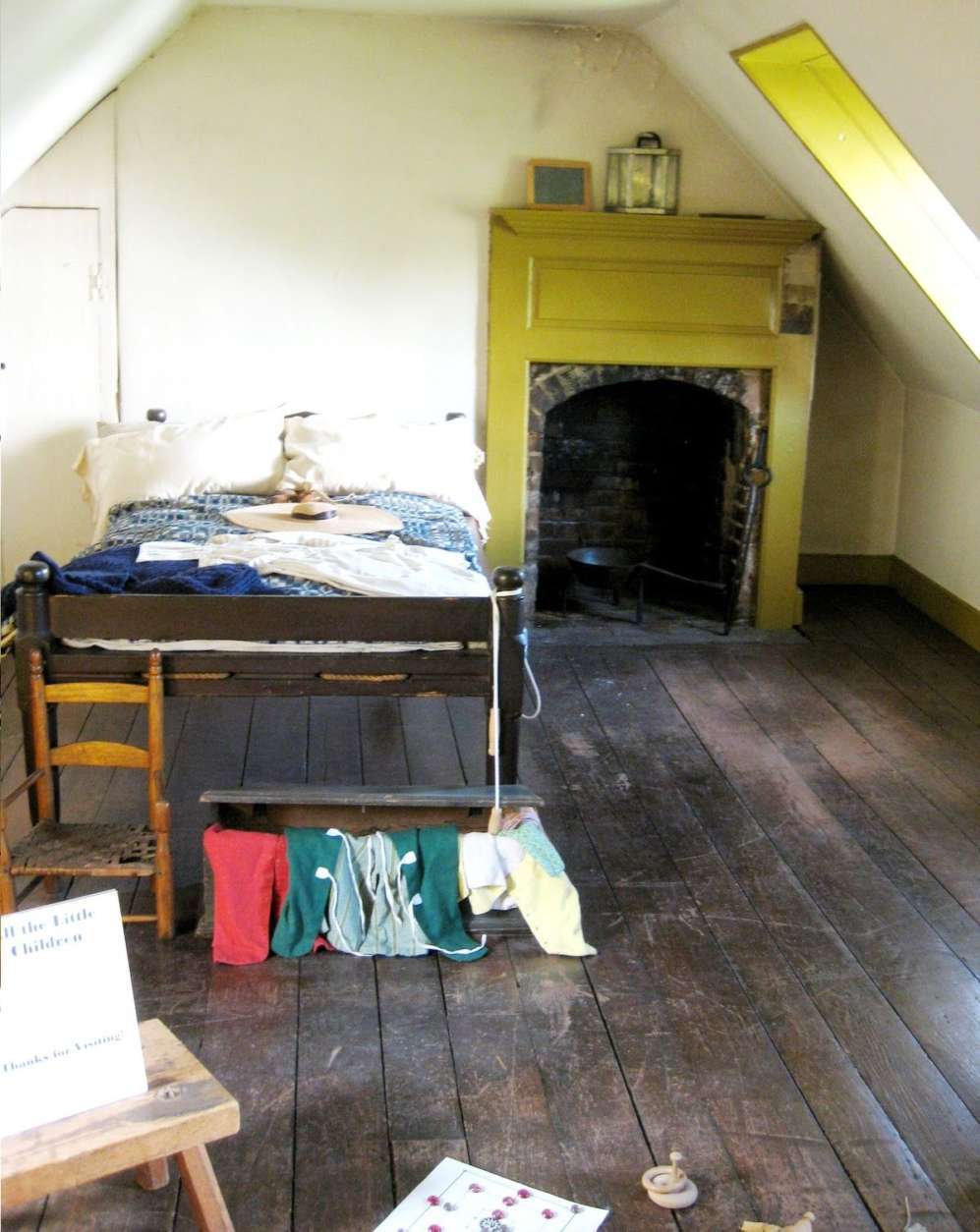
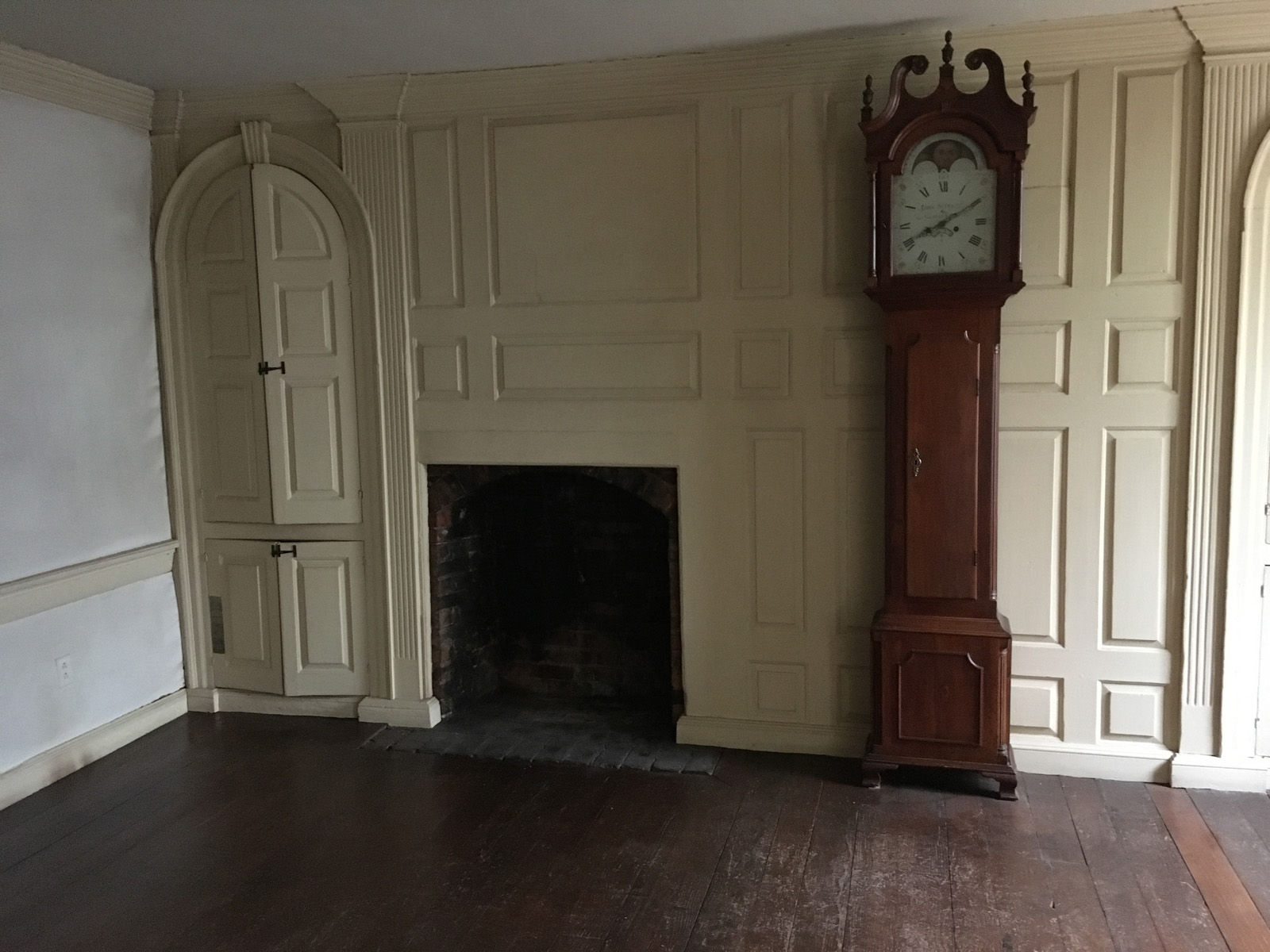
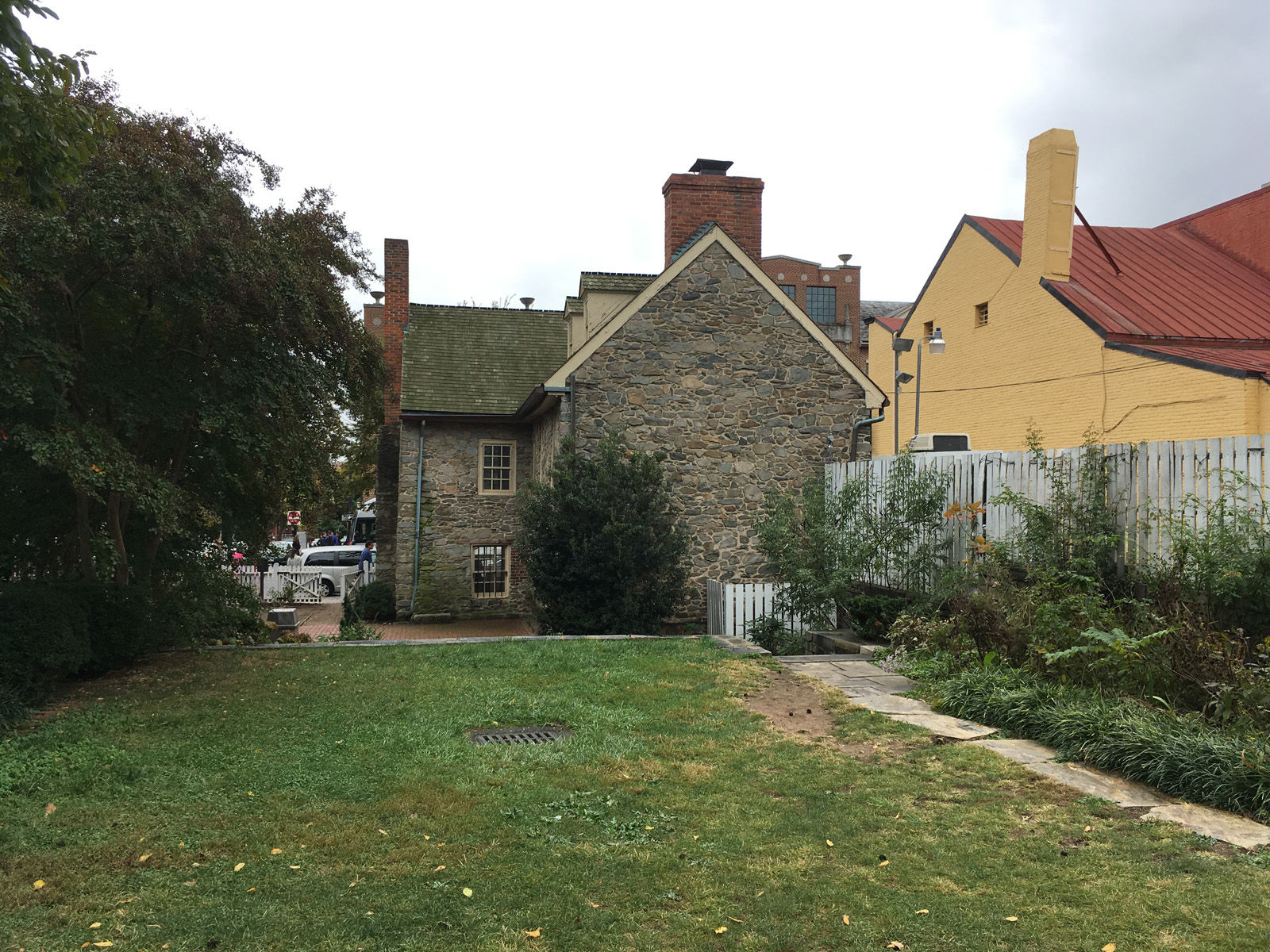
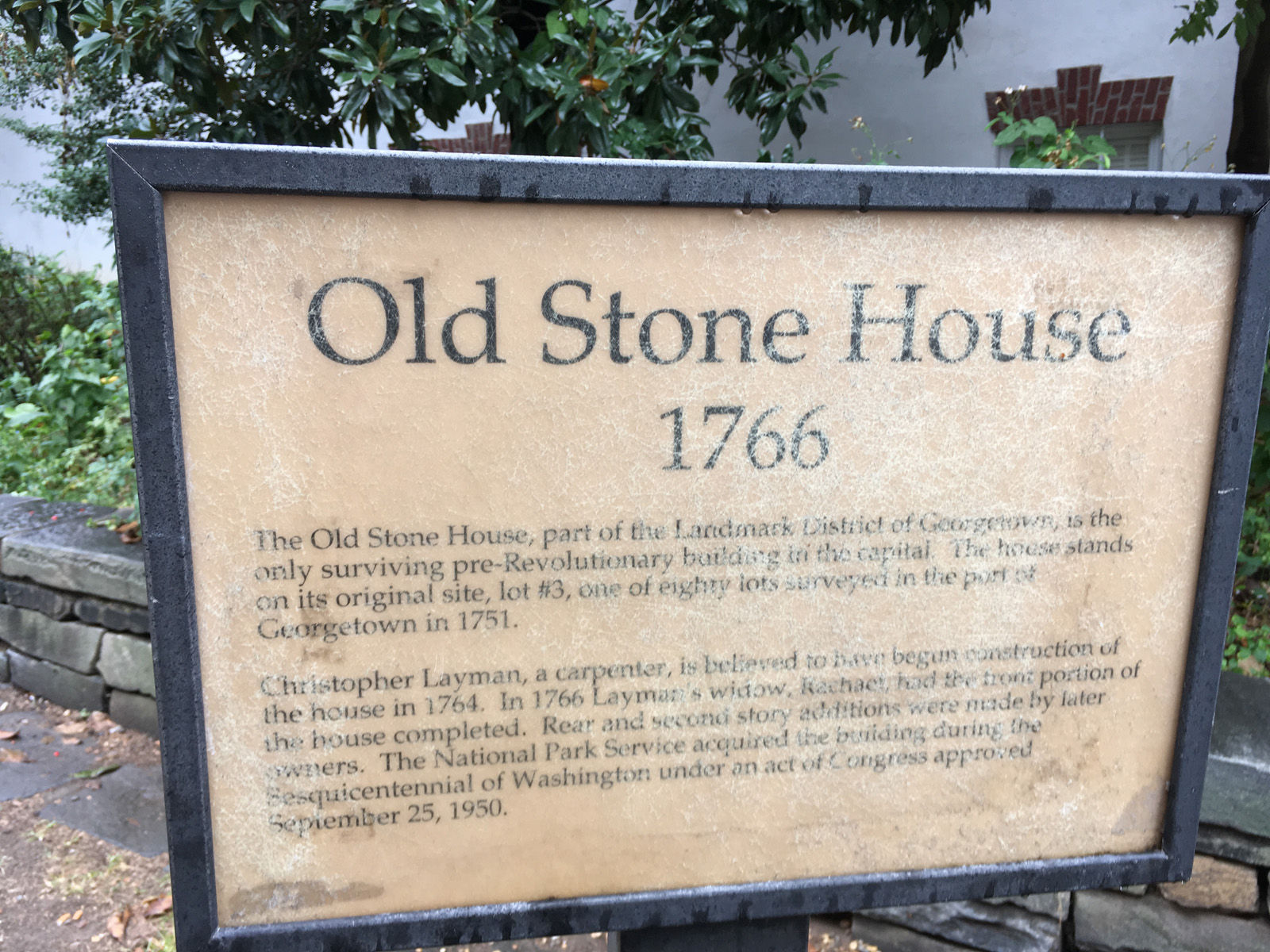
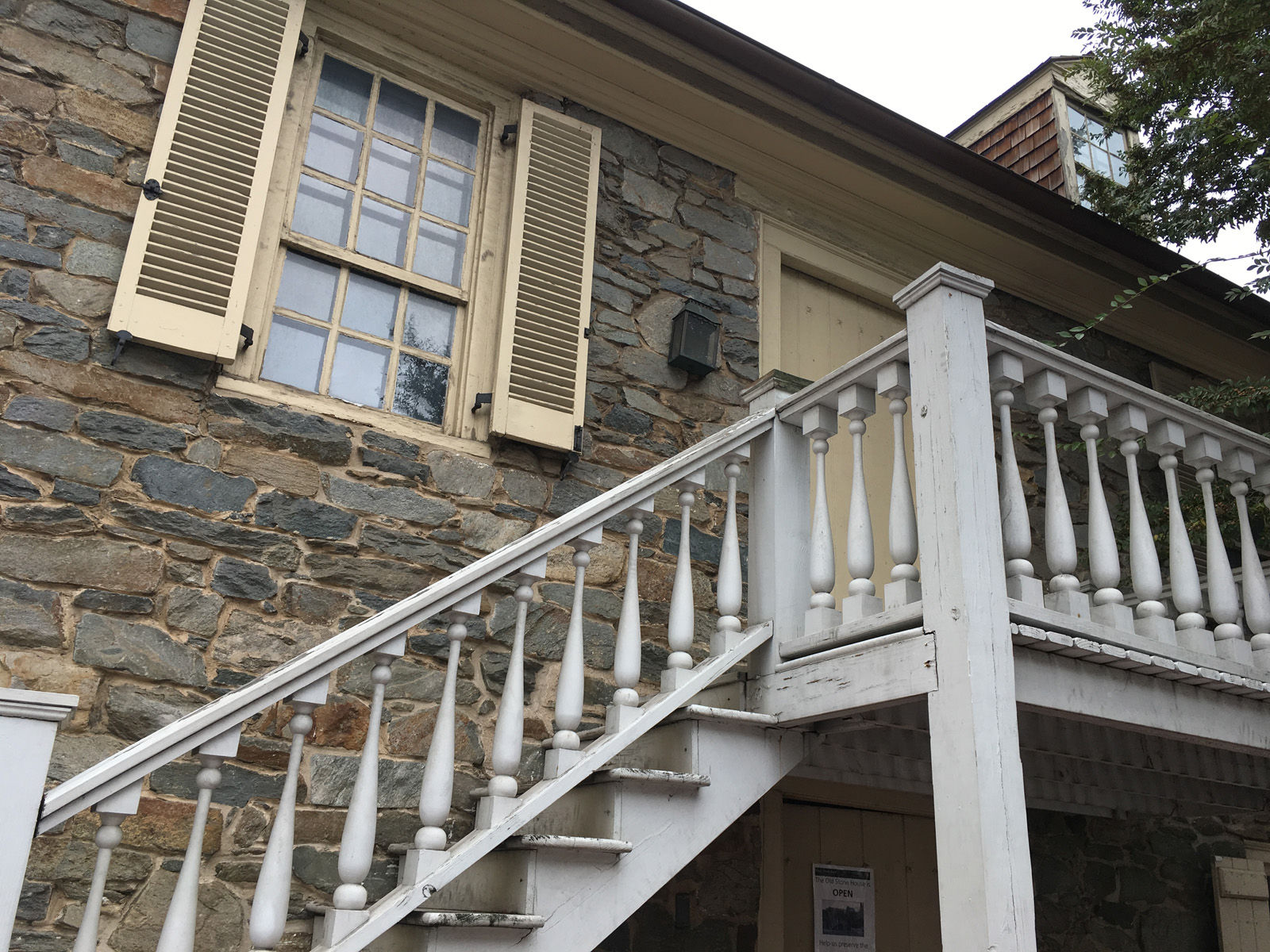
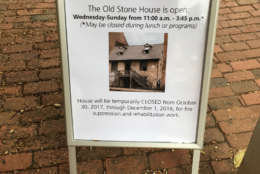
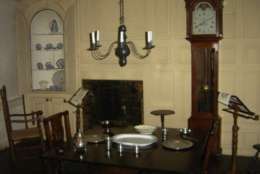
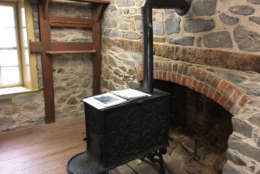
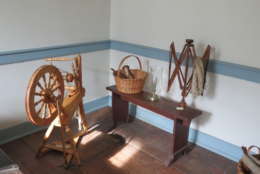
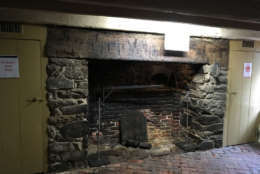
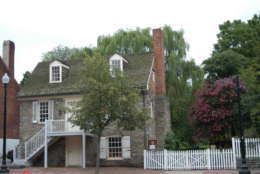
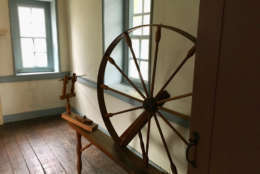
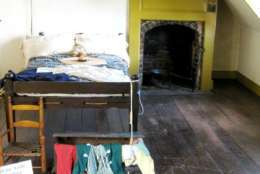
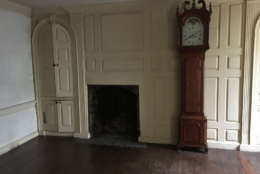
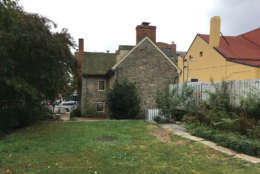
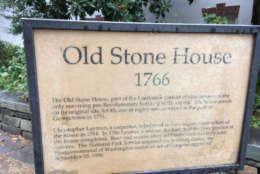
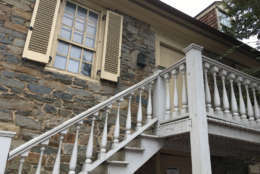
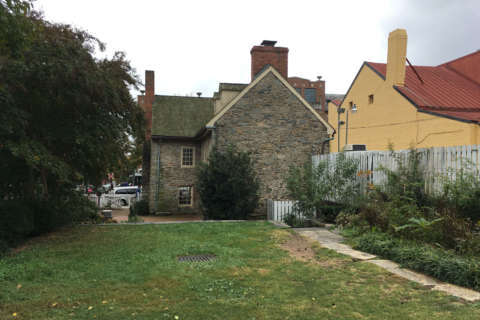
WASHINGTON — Georgetown’s Old Stone House, one of the oldest buildings in D.C., will be closed for the next year for restoration work and upgrades that will help preserve it for future generations.
The structure, a brief whiff of the past along Georgetown’s bustling and commercial M Street, Northwest will be closed starting Monday.
It is expected to reopen in early December 2018.
During the closure, the house will undergo structural fixes such as foundation stabilization and repairs to its outer stone work along with new plumbing, electrical, heating, ventilation and air conditioning systems. A new fire detection and prevention system will also be installed at the House.
“As we’re doing this work, we’ll continue on with the planning for how we might share information with the public about the house in a slightly different way,” said National Park Service Supervisory Ranger Dana Dierkes.
Seasonal Ranger Renee Maher says she “nerds out” over stories connected to the Old Stone House.
“This has witnessed everything, every major chapter in American History. It has stood the test of time,” she said. “It’s so fun to be able to talk about these average citizens that don’t make it into your history books.”
Folks like Christopher and Rachael Layman who bought the property in 1764.
“On Lot 3 where the house sits, that was one pound, ten shillings,” Maher said.
Layman was widowed, but she remarried and sold the House to another widow.
When Cassandra Chew owned the home, she added a kitchen to the rear of the first floor and added two other floors to the house.
“She uses the entire thing as a rental property for a number of years, for the duration of her life,” Maher said.
The Old Stone House was also involved in “a little bit of mistaken identity,” she noted.
It’s been confused for the location where George Washington and Pierre L’Enfant met to plan Washington, D.C.
“It was called the Fountain Inn or locally known as Suter’s Tavern,” Maher said.
At the Old Stone House on M Street, “the front room was rented by John Suter, Jr. who also ran a tavern elsewhere in town.”
“The thing that saves the house is right around the centennial of the American Revolution and the centennial of Washington D.C. becoming Washington D.C. Plaques start going up on the house saying this was George Washington’s engineering headquarters, and that’s what saves it for so long.”







